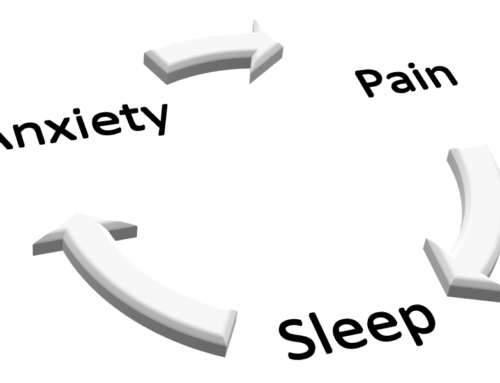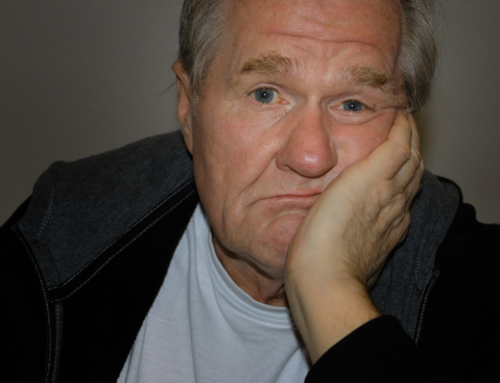There is a lot of information in the news about narcotics, opioids, overdose, death, and a heroin epidemic. Now there is new legislation to try to stop this downward spiral. Have you found it confusing? If you say yes, you are not alone!
First, narcotics = opioids
The correct medical term for these pain medicines is ‘opioid’. This refers to the way they work. These pain medications interact with the mu-receptors and other opioid receptors throughout the brain (and the gastrointestinal tract). As they trigger the mu-receptors, they block pain sensations. They can also cause euphoria, dysphoria, or sedation. So, they can make you feel really good, really laid back, or really sleepy.
There are several medicines that fall in this category of opioids. Here are a few (and some brand names):
- Morphine (MS Contin, Avinza)
- Hydromorphone (Dilaudid)
- Codeine – combined with acetaminophen (Tylenol #3)
- Hydrocodone – combined with acetaminophen (Lortab, Norco, Vicodin)
- Oxycodone (OxyContin, Roxicodone)
- Meperidine (Demerol)
- Fentanyl (Sublimaze, Duragesic)
- Methadone (Dolophine)
These medications have been used for decades to treat moderate to severe pain. Pain relief is important in many instances not only for your quality of life but also to get you moving again after a painful event. For instance, it is critical that you get moving again soon after a knee replacement, back surgery, or other similar surgery. As you get moving again you increase your chance of really getting back to full function. You also decrease the risk of a blood clot from lack of use. But, those surgeries are painful. The opioid medication helps relieve that pain allowing you to start your rehabilitation.
When used short term for pain, addiction is not likely
Addiction is usually associated with long term use and/or use for the feeling you get from the medication beyond the pain relief. It is also associated with using more than you are prescribed. To safely use opioid pain medication, use the lowest dose that allows you to move through your pain. Also, use it for the shortest time possible. As the pain level decreases, you can move from an opioid to a nonopioid pain medicine. Work with your prescriber to determine when you are ready for this change and which option will work best for your pain.
Key terms
The body contains a wonderfully complex system of signals and receivers to transmit and control pain sensations. The body and these communication pathways in the brain and the central nervous system are well organized. When the pain signals are too distressing and an opioid pain medicine is added, the normal body signals and receivers adapt to the effect of the opioid pain medicine. There are natural, physiologic changes that occur in your body as these medicines are used over time. I want you to understand these changes. When they occur, they do not mean you are addicted!
Physical dependence – As the body lets the medicine treat the pain, the body’s normal pain process relaxes.
Tolerance – When you take an opioid pain medicine over time, those nerve transmitters (signals) in your body adapt. Over time doses have less effect and last a shorter period of time. So, over time, the dose needed for the same pain relief goes up.
Withdrawal – When the opioids are suddenly taken away, the body can’t take over the pain control immediately. If this sudden stopping of the medicine happens, you will feel body aches, irritability, fast heart rate, weak. and have difficulty sleeping. You might also yawn, shiver, and have an upset stomach.
These are the body’s normal reaction to having the opioid pain medicine take care of the pain. When your pain level drops to mild to moderate pain, your prescriber will start to slowly decrease your dose of opioid pain medicine. This will allow your body’s normal process to take back over in controlling your pain.
Next week we will cover more about addiction and steps being taken to stop the current epidemic of opioid pain medicine abuse. Addiction involves continued use over time, inability to control drug use, compulsive drug use, continued use even when you know the drug is hurting you, and craving of the drug.
These opioid medications can play a very healthy role in controlling your pain when dosed appropriately and used for the shortest time possible.
If you would like to know more about opioid pain medicines and how they affect you, please contact us at www.medsmash.com.
For further application, check out my personal blog.




